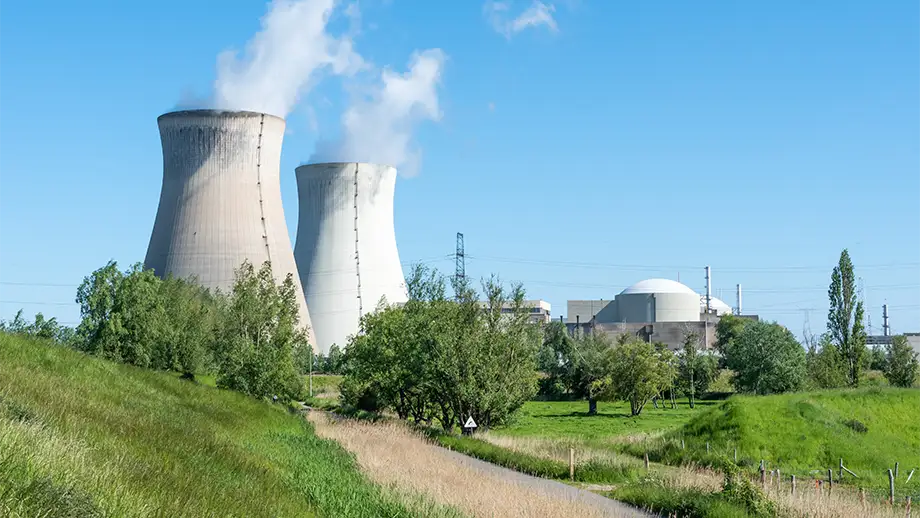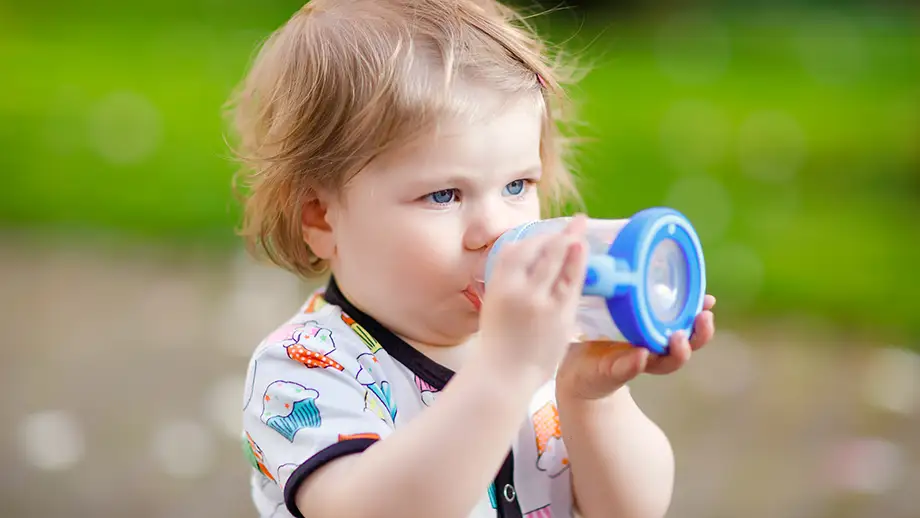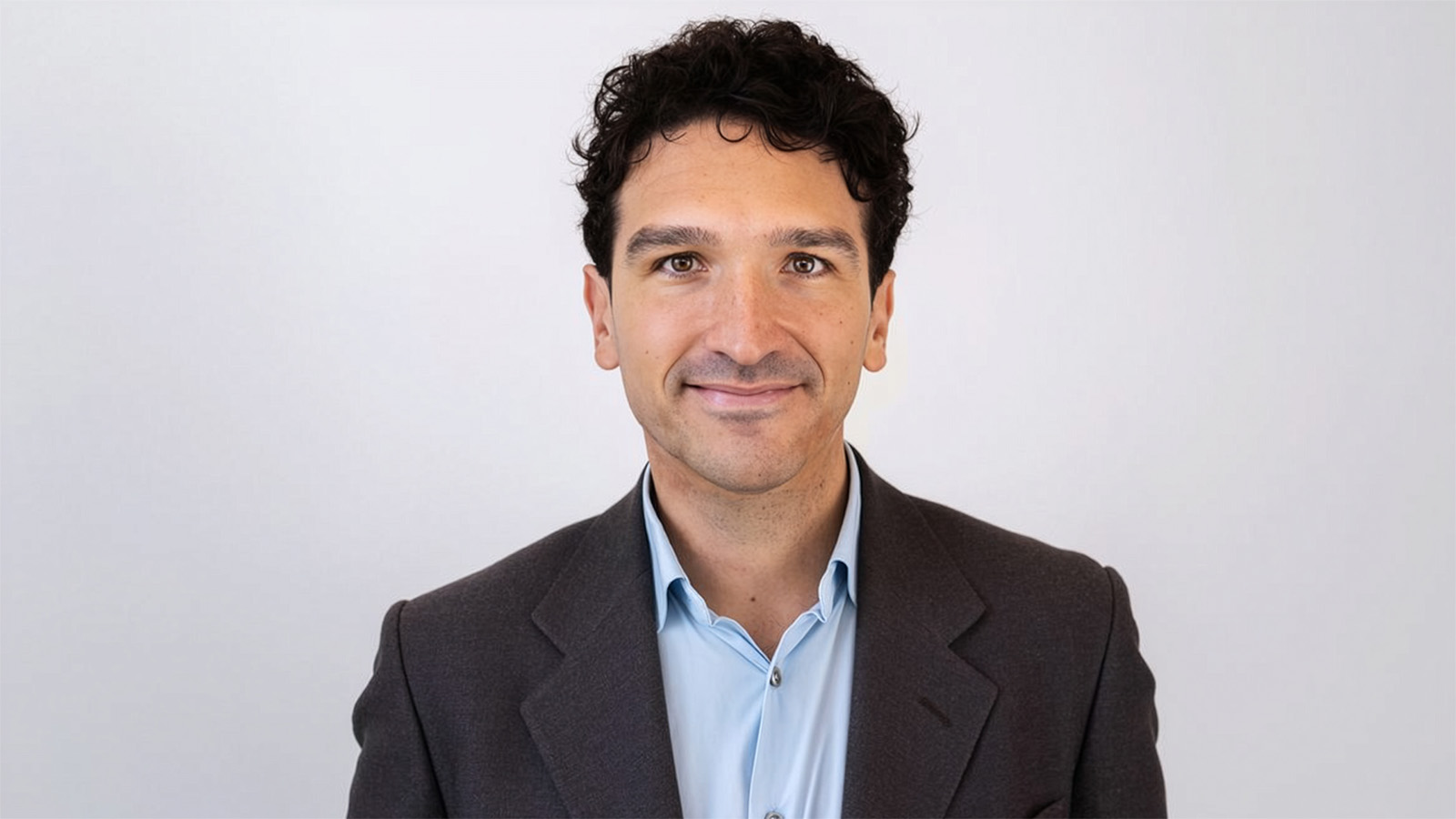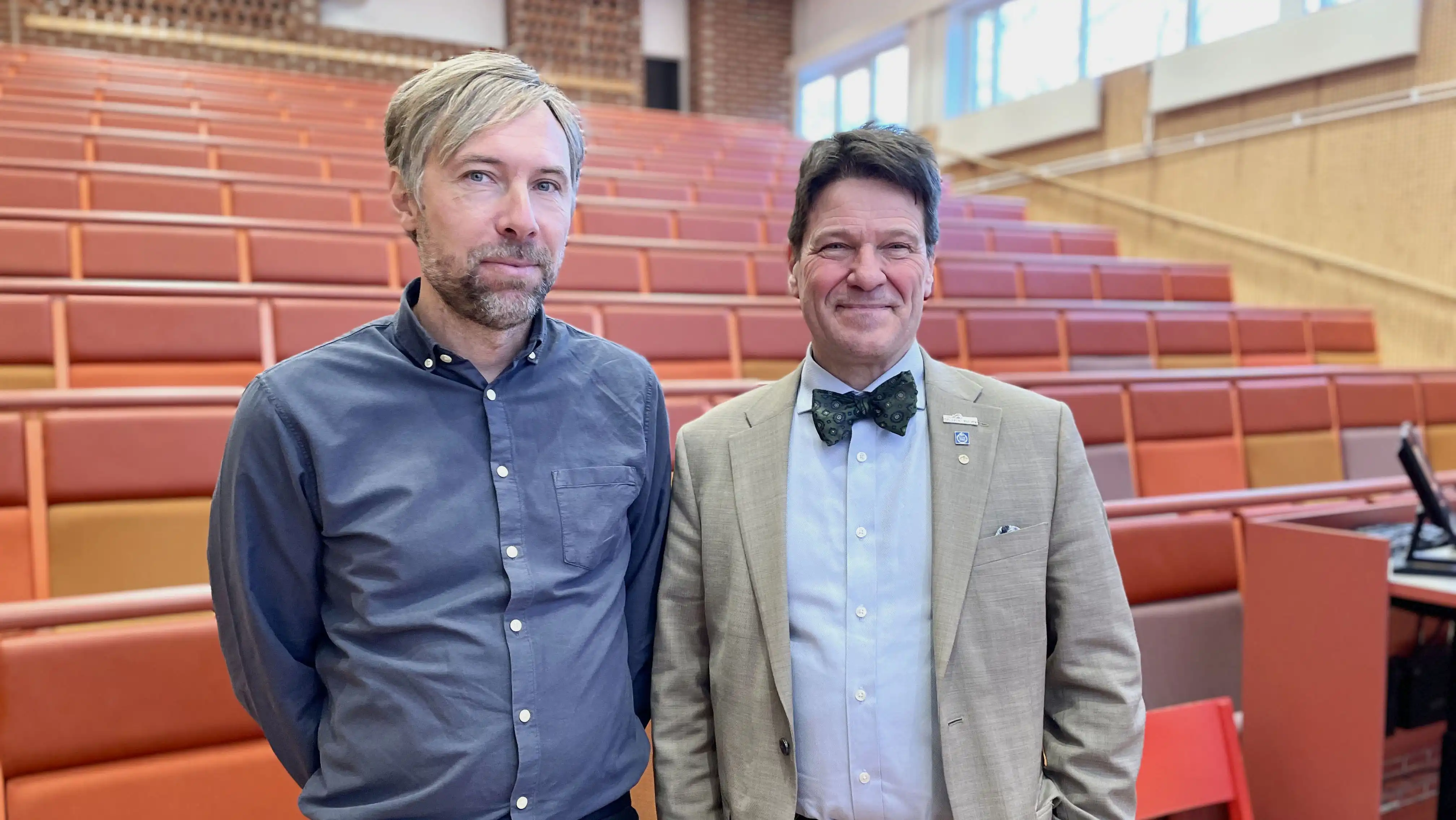News from KTH

Study explains why new kinds of steel needed to build lead cooled reactors
Promising safer operation, better fuel efficiency and lower waste, lead-cooled nuclear power represents a potentially dramatic shift from the water-cooled nuclear stations the world has relied on sinc...
Read the article
Alternative to BPA passes toxicity and sustainability standards set by EU innovation guidelines
Polyester and a host of other plastic products could potentially be manufactured with non-toxic and sustainable BPA alternatives identified in a multidisciplinary study published today by researchers ...
Read the article
Chemist and mathematician appointed Wallenberg Academy Fellows
Helena Lundberg and Aron Wennman have been awarded grants from the Knut and Alice Wallenberg Foundation for groundbreaking basic research. The funding will enable them to further their research projec...
Read the articleNews
- Study explains why new kinds of steel needed to build lead cooled reactors
9 Dec 2025
- Alternative to BPA passes toxicity and sustainability standards set by EU innovation guidelines
4 Dec 2025
- Three KTH professors elected to IVA
3 Dec 2025
- Chemist and mathematician appointed Wallenberg Academy Fellows
3 Dec 2025
- Study shows potential for more affordable and efficient hydrogen gas production
3 Dec 2025



